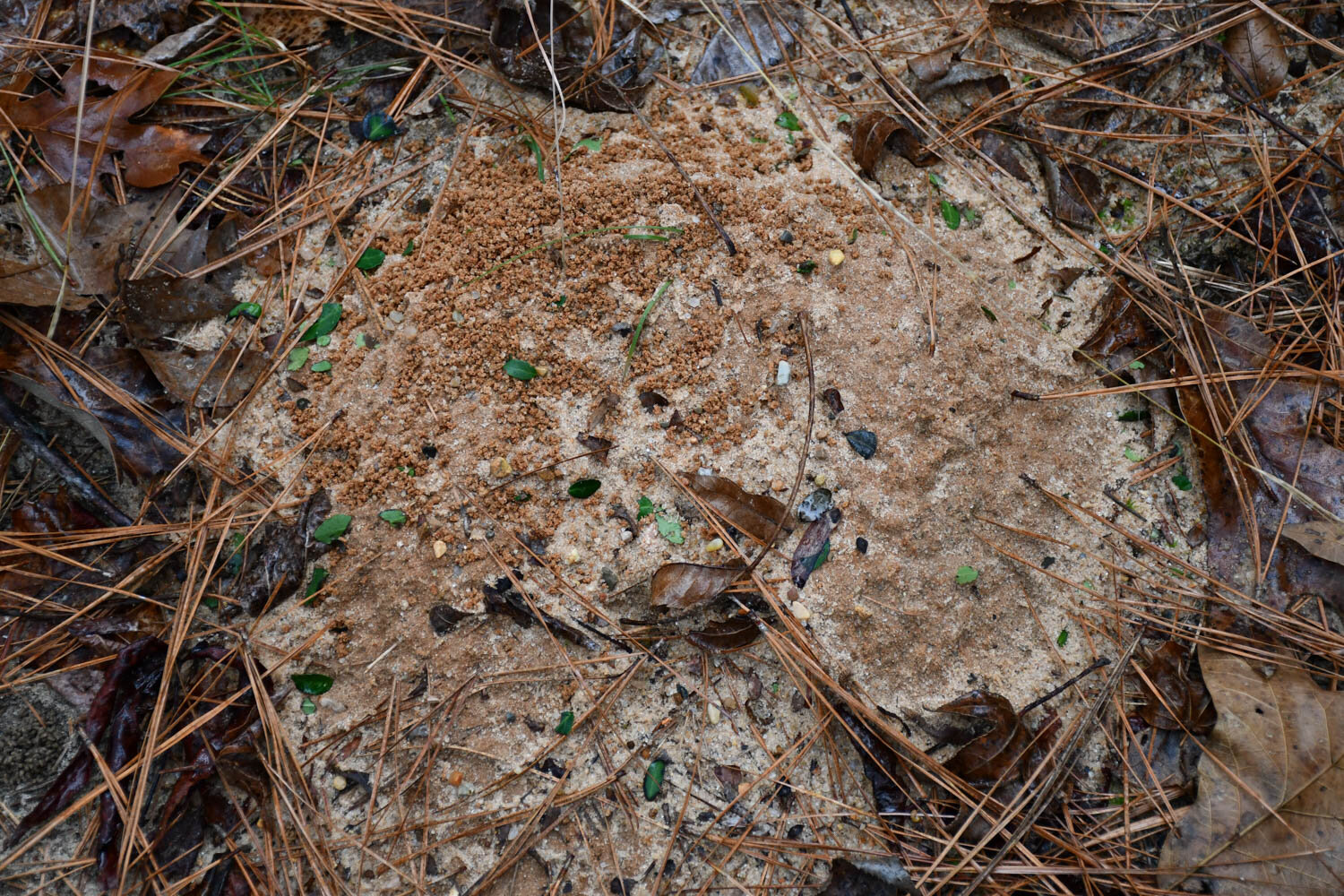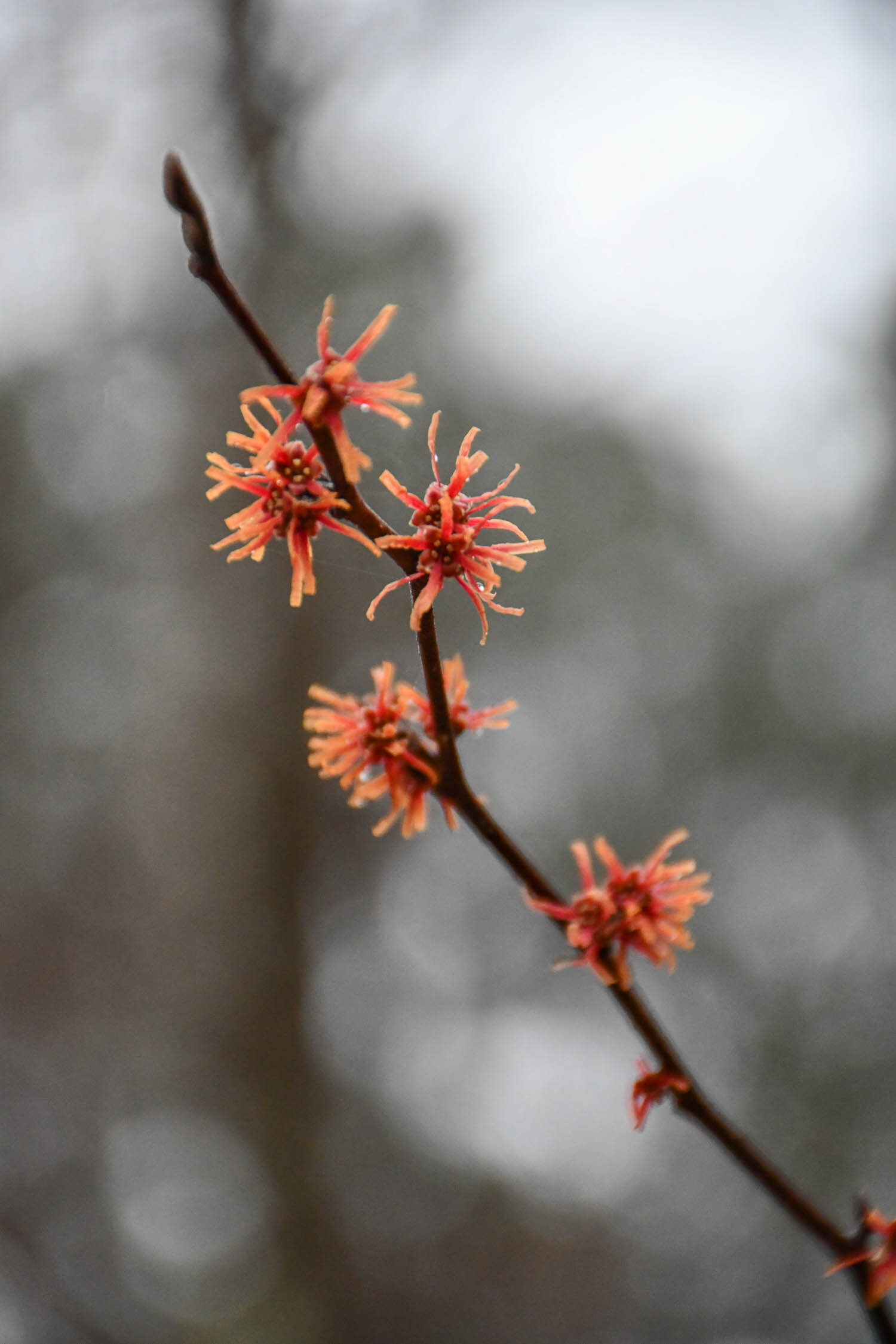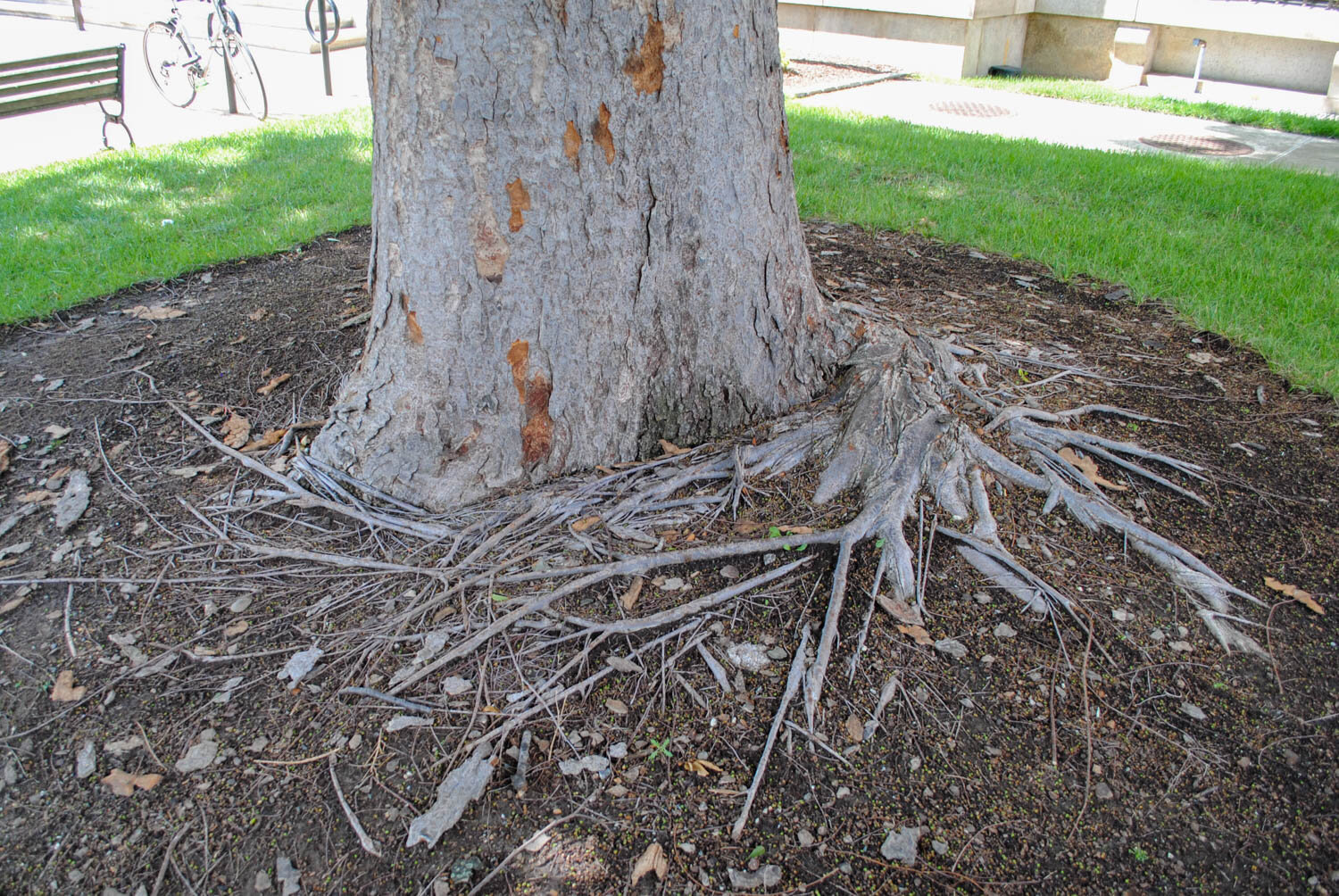I’m getting antsy. Spring is on its way. The weather lately has been in the 60’s and 70’s, Narcissus and Muscari are in bloom, and dormant perennials are popping out of the ground. Sure, we’ll have a few more frosts (maybe a freeze?), but being just a few weeks away from the first official day of spring, this gardening season is about to get goin’ and growin’.
One goal I have this year is to finalize the design of a few beds near our garage. They’ve been mostly a holding cell for potted plants that right after we bought the house I plopped into the ground to save from incessant August watering.
In my mental iterations of design, I’m not only considering beauty, harmony, and seasonality for these plantings but also management, survival strategies, and the benefits to insects and wildlife. The critters seem to get the short end of the straw when planting versus the elements of design, but that seems to be changing with the increase of the public’s awareness of ecology and our role to make the world a better (or, if we don’t act a worse...) place.
Many people believe that to have a garden good for wildlife your yard has to more closely resemble an unmown field, but what if I told you research shows that making a few small changes to the way you plant could help increase an insect’s survival and even perhaps their numbers?
That’s what the recent paper “Configuration and Location of Small Urban Gardens Affect Colonization by Monarch Butterflies” by Adam Baker and Daniel Potter in Frontiers in Ecology and Evolution indicates. It’s a technical title, but the basic hypothesis they tested was does the way we plant Asclepias (milkweed) species impact how Monarchs can find the plants and subsequently lay eggs on them?
And, yippie! The whole paper is available online for people to read. I really enjoyed diving into this paper. The research was broken down into three parts—investigating Monarch waystation gardens, synthesizing planting configurations, and looking at surrounding vegetation. And, I have used their figures only to help you understand their work. All credit for the following figures goes to these researchers.
MONARCH WAYSTATIONS
For the Monarch waystation gardens, they visited 22 gardens that contained three species of Asclepias (A. incarnata, A. syriaca, and A. tuberosa). They asked two great questions about each garden—were the plants blocked or mixed, and can Monarchs see the plants on a north-south approach.
The former question is interesting from a naturalistic planting perspective because blocking versus mixing are two different approaches for laying out plants. Oudolf and Kingsbury go in greater detail about both approaches in their book Planting: A New Perspective. In my mind, if you had asked me before this study which would be better for insect populations, I would have said mixed. A diverse habitat has been shown to support more species (more on this theory in a minute). But, the research showed that these blocked or as they called them structured plantings had more Monarchs and eggs on them than the mixed plantings.
In these waystations, they also evaluated whether plants could be accessed along a north-south gradient. Monarchs fly north from overwintering in Mexico, and then they fly south at the end of the growing season. And, while the paper does say that they can fly any direction in a garden, planting Asclepias so they are visible in this north-south migration path seems to increase the number of Monarchs encountered and eggs laid on plants.






























